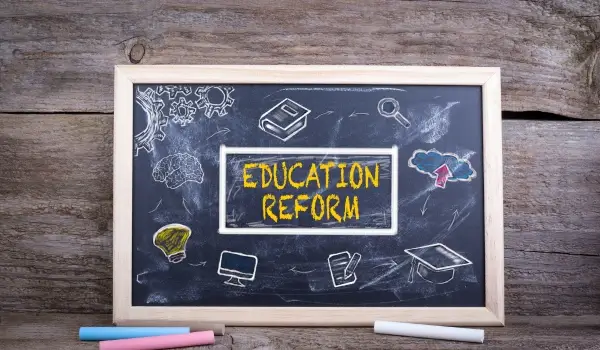The Rise of Cybersecurity Regulations: Milestones and Future Directions
In today’s digital age, cybersecurity has become a critical concern for businesses, governments, and individuals alike. As cyber threats grow in complexity and frequency, regulatory frameworks have emerged to ensure data protection, privacy, and responsible digital practices. Understanding the evolution of these regulations helps organizations stay compliant and prepare for the future.
Key Milestones in Cybersecurity Regulation
The journey of cybersecurity regulation began with early privacy laws such as the Data Protection Directive in Europe (1995), which laid the groundwork for protecting personal information online. In the United States, regulations like HIPAA (1996) and GLBA (1999) addressed specific sectors such as healthcare and finance.
A major turning point came with the General Data Protection Regulation (GDPR) in 2018, which set a global benchmark for privacy and data protection. GDPR introduced stricter requirements for consent, data handling, and breach reporting, influencing cybersecurity policies worldwide. Similarly, the California Consumer Privacy Act (CCPA) provided enhanced rights for consumers, further pushing organizations to prioritize cybersecurity compliance.
Drivers Behind the Regulatory Surge
Cyberattacks, data breaches, and growing public awareness have fueled the demand for stricter rules. Governments recognize that safeguarding digital infrastructure is essential not only for privacy but also for economic stability and national security. Businesses that fail to comply face penalties, reputational damage, and operational disruption, making proactive compliance a strategic necessity.
Future Directions in Cybersecurity Regulation
Looking ahead, cybersecurity regulations are expected to expand in scope and sophistication. Emerging trends include stricter standards for cloud security, AI-driven risk management, and supply chain protections. Organizations may also see increased mandates for transparency in incident reporting and stronger enforcement of existing laws.
Preparing for Compliance
For businesses, staying ahead of cybersecurity regulations requires continuous monitoring, employee training, and robust risk management strategies. Leveraging technology solutions, such as automated compliance tools and threat detection systems, can help ensure adherence while enhancing overall security posture.
Conclusion
The rise of cybersecurity regulations reflects a growing recognition of the digital risks inherent in our connected world. By understanding historical milestones and anticipating future trends, organizations can better protect data, maintain trust, and navigate the evolving regulatory landscape with confidence.…










